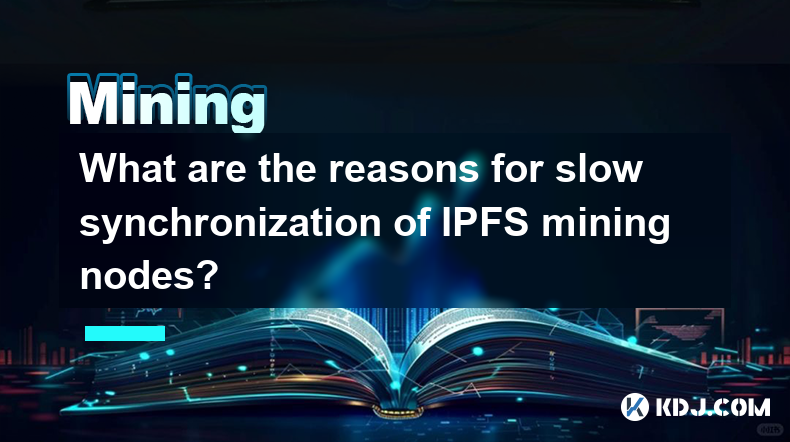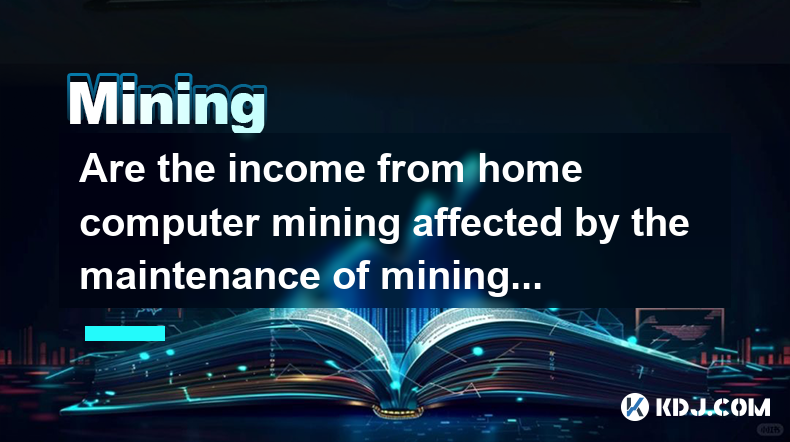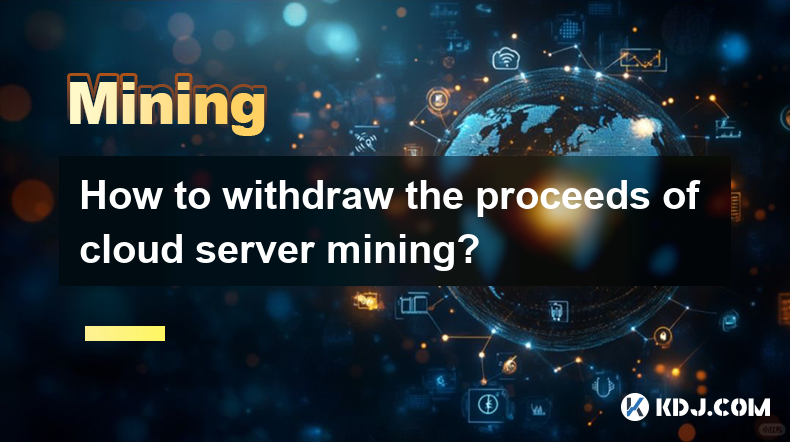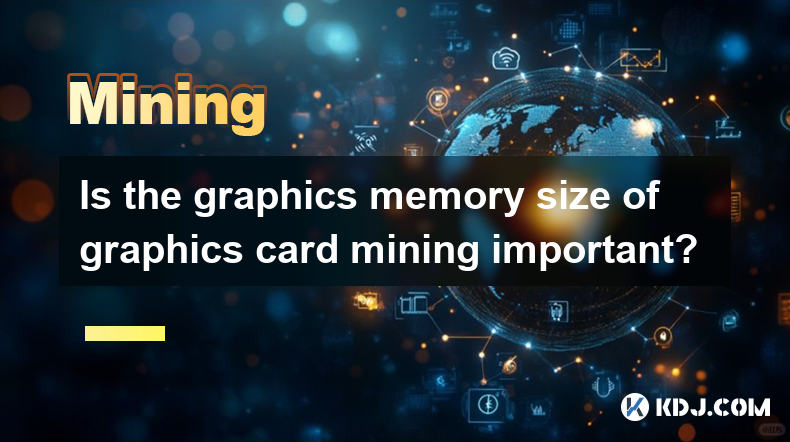-
 Bitcoin
Bitcoin $85,184.6787
2.20% -
 Ethereum
Ethereum $1,646.5017
5.14% -
 Tether USDt
Tether USDt $0.9998
0.02% -
 XRP
XRP $2.1536
6.75% -
 BNB
BNB $596.8173
1.78% -
 Solana
Solana $132.0389
9.48% -
 USDC
USDC $1.0000
0.01% -
 Dogecoin
Dogecoin $0.1677
4.96% -
 TRON
TRON $0.2465
1.32% -
 Cardano
Cardano $0.6592
5.75% -
 Chainlink
Chainlink $13.1519
4.14% -
 UNUS SED LEO
UNUS SED LEO $9.3375
-0.51% -
 Avalanche
Avalanche $20.3748
6.64% -
 Sui
Sui $2.3444
7.46% -
 Stellar
Stellar $0.2460
5.26% -
 Hedera
Hedera $0.1770
6.08% -
 Toncoin
Toncoin $2.9839
1.78% -
 Shiba Inu
Shiba Inu $0.0...01254
2.76% -
 Bitcoin Cash
Bitcoin Cash $344.7983
10.24% -
 MANTRA
MANTRA $6.2677
-2.08% -
 Litecoin
Litecoin $78.4303
3.07% -
 Polkadot
Polkadot $3.7147
4.62% -
 Hyperliquid
Hyperliquid $16.2906
3.30% -
 Dai
Dai $1.0001
0.02% -
 Bitget Token
Bitget Token $4.4121
2.64% -
 Ethena USDe
Ethena USDe $0.9991
0.04% -
 Pi
Pi $0.7163
12.43% -
 Monero
Monero $207.3861
0.63% -
 Uniswap
Uniswap $5.5103
5.43% -
 OKB
OKB $53.6156
0.57%
What are the reasons for slow synchronization of IPFS mining nodes?
Slow IPFS node synchronization can be due to hardware limits, poor network connectivity, software misconfiguration, large data volumes, node overload, and external network issues.
Apr 13, 2025 at 01:07 am

The synchronization of InterPlanetary File System (IPFS) mining nodes is a critical process that ensures the integrity and efficiency of the decentralized network. However, users often encounter slow synchronization, which can be frustrating and impact their overall experience. Understanding the reasons behind this issue is essential for optimizing node performance and maintaining a robust IPFS network.
Hardware Limitations
One of the primary reasons for slow synchronization of IPFS mining nodes is hardware limitations. The performance of an IPFS node is heavily dependent on the specifications of the hardware it runs on. Nodes with insufficient CPU power, limited RAM, or slow storage devices can struggle to keep up with the demands of processing and storing data efficiently.
- CPU: A powerful CPU is essential for handling the cryptographic operations and data processing tasks required for IPFS. Nodes with older or less powerful CPUs may experience slower synchronization as they struggle to process data quickly.
- RAM: Adequate RAM is crucial for maintaining smooth operations. When a node runs low on memory, it may resort to swapping, which significantly slows down the synchronization process.
- Storage: The type and speed of storage also play a significant role. Nodes using traditional hard disk drives (HDDs) may experience slower synchronization compared to those using solid-state drives (SSDs), which offer faster read and write speeds.
Network Connectivity
Another critical factor affecting the synchronization speed of IPFS mining nodes is network connectivity. The quality and speed of the internet connection can greatly influence how quickly a node can communicate with other nodes in the network and retrieve or send data.
- Bandwidth: Nodes with limited bandwidth may struggle to download and upload data at the required speed, leading to slower synchronization. This is particularly important in IPFS, where nodes often need to exchange large amounts of data.
- Latency: High latency can also slow down synchronization. Nodes with high ping times may take longer to establish connections and exchange data with other nodes.
- Network Stability: Intermittent or unstable connections can cause disruptions in the synchronization process, leading to slower overall performance.
Software Configuration
The configuration of the IPFS software itself can also impact synchronization speed. Improper configuration can lead to inefficient use of resources and slower performance.
- Peer Selection: The way a node selects and connects to peers can affect synchronization speed. Nodes that connect to peers with slow response times or low bandwidth can experience slower synchronization.
- Resource Allocation: The allocation of resources within the IPFS software can also play a role. If the software is not configured to use available resources efficiently, it may lead to slower synchronization.
- Version and Updates: Running an outdated version of the IPFS software can also lead to slower synchronization. Newer versions often include performance improvements and bug fixes that can enhance the overall speed of the node.
Data Volume and Complexity
The volume and complexity of the data being synchronized can also contribute to slower performance. Large datasets and complex data structures require more processing power and bandwidth to handle, which can slow down the synchronization process.
- Data Size: Larger files and datasets take longer to download and process, which can slow down the synchronization of the entire node.
- Data Complexity: Complex data structures, such as those with many interlinked files, can also require more time to process and synchronize.
- Data Distribution: The distribution of data across the network can also affect synchronization speed. If the data is not evenly distributed among nodes, some nodes may have to handle a disproportionate amount of data, leading to slower synchronization.
Node Overload
Node overload is another common reason for slow synchronization. When a node is handling too many tasks or requests simultaneously, it can become overwhelmed, leading to slower performance.
- Concurrent Operations: Running too many operations concurrently can strain the node's resources, leading to slower synchronization. This can include tasks such as data retrieval, storage, and processing.
- High Demand: Nodes that are in high demand, perhaps because they are hosting popular content, may experience slower synchronization due to the increased load.
- Resource Competition: If multiple processes on the same machine are competing for resources, the IPFS node may not get the resources it needs to synchronize efficiently.
External Factors
Finally, external factors beyond the control of the node operator can also impact synchronization speed. These factors can include the overall health of the IPFS network and the behavior of other nodes.
- Network Congestion: If the IPFS network is experiencing high levels of congestion, it can slow down the synchronization process for all nodes.
- Peer Behavior: The behavior of other nodes in the network can also affect synchronization speed. If many nodes are offline or responding slowly, it can impact the overall performance of the network.
- DDoS Attacks: Distributed Denial of Service (DDoS) attacks can also slow down synchronization by overwhelming nodes with traffic and disrupting normal operations.
Understanding these reasons for slow synchronization of IPFS mining nodes can help users take appropriate steps to optimize their nodes and improve overall performance. By addressing hardware limitations, improving network connectivity, optimizing software configuration, managing data volume and complexity, preventing node overload, and considering external factors, users can enhance the efficiency and reliability of their IPFS nodes.
Frequently Asked Questions
Q1: Can upgrading the hardware of my IPFS node significantly improve synchronization speed?
Yes, upgrading the hardware of your IPFS node can significantly improve synchronization speed. Upgrading to a more powerful CPU, increasing RAM, and switching to faster storage like SSDs can all contribute to faster processing and data handling, leading to quicker synchronization.
Q2: How can I check the current synchronization status of my IPFS node?
To check the current synchronization status of your IPFS node, you can use the IPFS command line interface. Run the command ipfs stats repo to get detailed information about your node's repository, including its current synchronization status and other relevant metrics.
Q3: Are there any specific settings in the IPFS configuration file that can help improve synchronization speed?
Yes, there are several settings in the IPFS configuration file that can help improve synchronization speed. For instance, adjusting the Swarm.Connect settings to connect to faster peers, optimizing Datastore.StorageMax to manage storage efficiently, and tweaking Bitswap.Engine.BlockstoreWorkerCount to handle data retrieval more effectively can all contribute to faster synchronization.
Q4: Can running multiple IPFS nodes on the same machine impact synchronization speed?
Yes, running multiple IPFS nodes on the same machine can impact synchronization speed. Each node will compete for the same hardware resources, potentially leading to slower performance for all nodes. It is generally recommended to run one IPFS node per machine to ensure optimal performance.
Disclaimer:info@kdj.com
The information provided is not trading advice. kdj.com does not assume any responsibility for any investments made based on the information provided in this article. Cryptocurrencies are highly volatile and it is highly recommended that you invest with caution after thorough research!
If you believe that the content used on this website infringes your copyright, please contact us immediately (info@kdj.com) and we will delete it promptly.
- Billionaire Tim Draper Reminds Market of His Position on Unconventional Emerging Technologies
- 2025-04-13 07:50:12
- Spanish Authorities Dismantle AI-Powered Crypto Scam Ring That Defrauded Victims of €19M
- 2025-04-13 07:50:12
- Energy-gobbling crypto mining can actually help bring balance to a challenged grid
- 2025-04-13 07:45:12
- Ethereum (ETH) Torrid Patch Is Extending into Q2 of 2025
- 2025-04-13 07:45:12
- Standard Chartered expects XRP to rise considerably in the coming years
- 2025-04-13 07:40:13
- Spotting the leading crypto to buy right now requires a closer look
- 2025-04-13 07:40:13
Related knowledge

Are the income from home computer mining affected by the maintenance of mining equipment?
Apr 12,2025 at 06:56pm
Introduction to Home Computer MiningHome computer mining refers to the process of using personal computers to mine cryptocurrencies such as Bitcoin, Ethereum, and others. This method of mining has become popular among enthusiasts who want to participate in the cryptocurrency ecosystem without investing in specialized mining hardware. However, the income...

What is the cost structure of cloud computing power mining platform?
Apr 13,2025 at 02:50am
The cost structure of a cloud computing power mining platform is a critical aspect for miners to understand before they engage in cryptocurrency mining. This article delves into the various elements that contribute to the overall cost of using such platforms, providing a comprehensive overview that can help potential miners make informed decisions. Unde...

What are the reasons for slow synchronization of IPFS mining nodes?
Apr 13,2025 at 01:07am
The synchronization of InterPlanetary File System (IPFS) mining nodes is a critical process that ensures the integrity and efficiency of the decentralized network. However, users often encounter slow synchronization, which can be frustrating and impact their overall experience. Understanding the reasons behind this issue is essential for optimizing node...

How to withdraw the proceeds of cloud server mining?
Apr 12,2025 at 06:14pm
How to Withdraw the Proceeds of Cloud Server Mining? Cloud server mining has become an increasingly popular way for individuals to participate in cryptocurrency mining without the need for expensive hardware and technical expertise. However, once you've successfully mined some cryptocurrency, the next crucial step is understanding how to withdraw your p...

Is the graphics memory size of graphics card mining important?
Apr 13,2025 at 03:50am
Is the graphics memory size of graphics card mining important? When it comes to cryptocurrency mining, particularly with graphics cards, the debate over the importance of graphics memory size is a common topic among miners. The graphics memory size, often referred to as VRAM, plays a crucial role in the efficiency and performance of mining operations. T...

How much impact does the mining difficulty of home computer mining have on the benefits?
Apr 12,2025 at 11:01pm
The mining difficulty of cryptocurrencies significantly affects the benefits that can be derived from mining on a home computer. Mining difficulty refers to the measure of how difficult it is to find a hash below a given target, which is a critical component of the mining process for cryptocurrencies like Bitcoin. This article will explore the impact of...

Are the income from home computer mining affected by the maintenance of mining equipment?
Apr 12,2025 at 06:56pm
Introduction to Home Computer MiningHome computer mining refers to the process of using personal computers to mine cryptocurrencies such as Bitcoin, Ethereum, and others. This method of mining has become popular among enthusiasts who want to participate in the cryptocurrency ecosystem without investing in specialized mining hardware. However, the income...

What is the cost structure of cloud computing power mining platform?
Apr 13,2025 at 02:50am
The cost structure of a cloud computing power mining platform is a critical aspect for miners to understand before they engage in cryptocurrency mining. This article delves into the various elements that contribute to the overall cost of using such platforms, providing a comprehensive overview that can help potential miners make informed decisions. Unde...

What are the reasons for slow synchronization of IPFS mining nodes?
Apr 13,2025 at 01:07am
The synchronization of InterPlanetary File System (IPFS) mining nodes is a critical process that ensures the integrity and efficiency of the decentralized network. However, users often encounter slow synchronization, which can be frustrating and impact their overall experience. Understanding the reasons behind this issue is essential for optimizing node...

How to withdraw the proceeds of cloud server mining?
Apr 12,2025 at 06:14pm
How to Withdraw the Proceeds of Cloud Server Mining? Cloud server mining has become an increasingly popular way for individuals to participate in cryptocurrency mining without the need for expensive hardware and technical expertise. However, once you've successfully mined some cryptocurrency, the next crucial step is understanding how to withdraw your p...

Is the graphics memory size of graphics card mining important?
Apr 13,2025 at 03:50am
Is the graphics memory size of graphics card mining important? When it comes to cryptocurrency mining, particularly with graphics cards, the debate over the importance of graphics memory size is a common topic among miners. The graphics memory size, often referred to as VRAM, plays a crucial role in the efficiency and performance of mining operations. T...

How much impact does the mining difficulty of home computer mining have on the benefits?
Apr 12,2025 at 11:01pm
The mining difficulty of cryptocurrencies significantly affects the benefits that can be derived from mining on a home computer. Mining difficulty refers to the measure of how difficult it is to find a hash below a given target, which is a critical component of the mining process for cryptocurrencies like Bitcoin. This article will explore the impact of...
See all articles
























































































